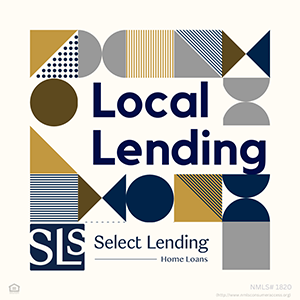
A Breakdown of How Student Loans Work
Federal student loans are often the first step for students looking for help paying for college.
While they’re not the only type of loan available for college students, they’re the most common. It’s also important to note that they’re different than private student loans. Here are some of the main differences:
- Federal loans offer lower interest rates and have more flexible repayment terms than private student loans.
- Private loans usually require a credit check and collateral, while federal loans don’t. Some federal loans may only require proof of need.
- Interest rates are fixed on federal loans, while private loans can have variable interest rates, some greater than 18 percent.
- Interest paid on federal student loans may be tax deductible, but not on private loans.
- Many private student loans require payments while you’re in school, while repayment of federal student loans don’t begin until you graduate, leave school or change your enrollment status to less than half-time.
Following are the four types of student loans offered by the federal government:
Perkins Loan. Eligibility depends on financial need and availability of funds at the college. The college is the lender. Undergraduate students can borrow up to $5,500 annually and graduate and professional students can borrow up to $8,000. The total loan amount can’t exceed $27,500 for undergrads and $60,000 for grad students.
Direct Subsidized Loan. This federal loan is for undergrads who are enrolled at least half-time and demonstrate financial need. The lender is the U.S. Department of Education. Students aren’t usually charged interest on the loan during certain periods, with the federal government paying the interest while the student is in school. The loan can be anywhere from $3,500 to $5,500 per year, depending on grade level.
Direct Unsubsidized Loan. These loans are for students who are enrolled at least half-time. Financial need isn’t required. Borrowers pay interest during the length of the loan to the Department of Education. Loans can be anywhere from $5,500 to $20,500, depending on grade level and dependency status.
Direct PLUS Loan. This loan is for parents of dependent undergraduate students and for graduate or professional students. Proof of financial need isn’t required. This is the only federal student loan where a credit check is needed. A borrower can’t have a negative credit history, and must pay interest throughout the loan to the Department of Education.





